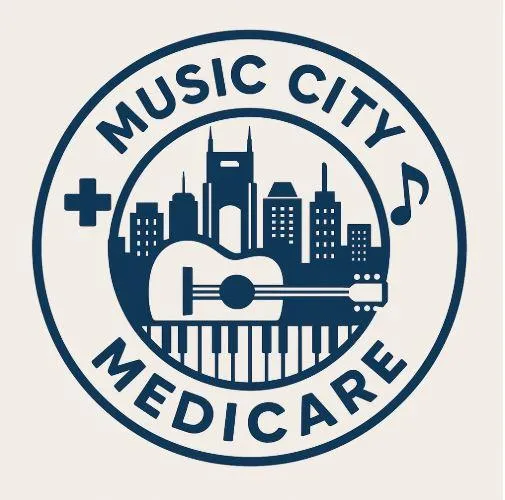
New to Medicare
New to Medicare? Here’s What You Need to Know
By Brooks Daugherty, Medicare Health Plan Specialist
If you’re approaching age 65 or recently became eligible for Medicare, you’re likely discovering there’s a lot more to it than just signing up and getting a card in the mail. Don’t worry—you’re not alone! Navigating Medicare can feel overwhelming at first, but once you understand the basics, it becomes much more manageable.
As a Medicare specialist serving Tennessee, Kentucky, Ohio, Indiana, and West Virginia, I’ve helped hundreds of people just like you make a smooth transition into Medicare. Here’s a helpful guide to get you started.
What Is Medicare?
Medicare is a federal health insurance program primarily for:
People age 65 and older
Some younger individuals with disabilities
Those with End-Stage Renal Disease (ESRD)
It’s made up of several parts, each covering different aspects of healthcare:
Part A (Hospital Insurance): Covers hospital stays, skilled nursing care, hospice, and some home health care.
Part B (Medical Insurance): Covers doctor visits, outpatient services, preventive care, and some home health.
Part C (Medicare Advantage): An all-in-one alternative to Original Medicare, offered by private companies. Often includes drug coverage and extras like dental or vision.
Part D (Prescription Drug Coverage): Helps pay for prescription medications.
When Should You Enroll?
You have a 7-month window around your 65th birthday—called the Initial Enrollment Period (IEP)—to sign up for Medicare:
3 months before your birthday month
Your birthday month
3 months after
Missing this window could result in late enrollment penalties, so it’s important to review your options early.
What Are My Coverage Options?
Once you’re eligible, you’ll choose between:
Original Medicare (Parts A & B)
Add a Part D plan for prescription coverage
Consider a Medicare Supplement (Medigap) plan to help with out-of-pocket costs
Medicare Advantage (Part C)
Combines Parts A, B, and often D into one plan
May offer extra benefits like dental, vision, or wellness perks
Usually includes network restrictions like HMO or PPO
Each option has pros and cons depending on your health needs, budget, and preferences.
What Will It Cost?
Part A is usually free if you’ve worked at least 10 years.
Part B has a standard monthly premium (which can vary based on income).
Medicare Advantage and Part D plans have separate premiums and copays.
Medigap plans also have a monthly premium but can significantly reduce out-of-pocket costs.
Get Help from a Local Expert
Medicare isn’t one-size-fits-all, and choosing the wrong plan can cost you more than money—it can affect your access to care. That’s why it’s helpful to work with someone who understands the system and your specific needs.
I’m Brooks Daugherty, and I specialize in helping people in Tennessee, Kentucky, Ohio, Indiana, and West Virginia find Medicare plans that work for them. Whether you’re just getting started or need help comparing plans, I’m here to guide you every step of the way.
Need help understanding your Medicare options?
Let’s talk! I offer no-cost consultations and personalized support to help you make a confident, informed decision.